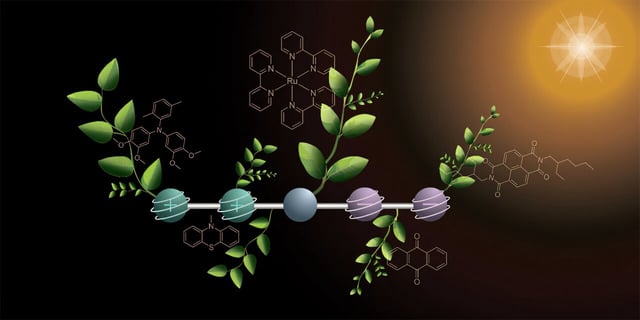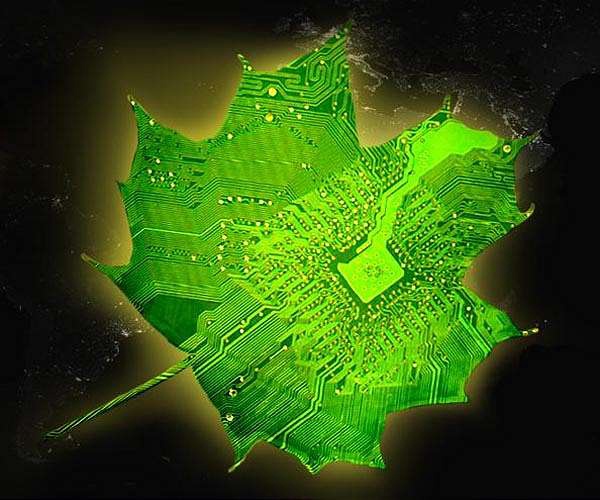Overview
- University of Basel researchers report a five-part donor–photosensitizer–acceptor compound that accumulates two positive and two negative charges under illumination.
- Two sequential light pulses first create one positive and one negative charge, then repeat the process to reach a four-charge state with charges separated to opposite ends of the molecule.
- The photoproduct forms with an overall quantum yield of about 37%, has a lifetime exceeding 100 nanoseconds, and stores roughly 3.0 eV of energy.
- The stepwise approach operates with significantly dimmer light closer to sunlight intensity than earlier laser-driven experiments, enabling more practical conditions.
- Published in Nature Chemistry, the proof-of-concept has not yet been integrated with catalytic reactions such as water splitting or CO2 reduction, which researchers cite as key next steps.

